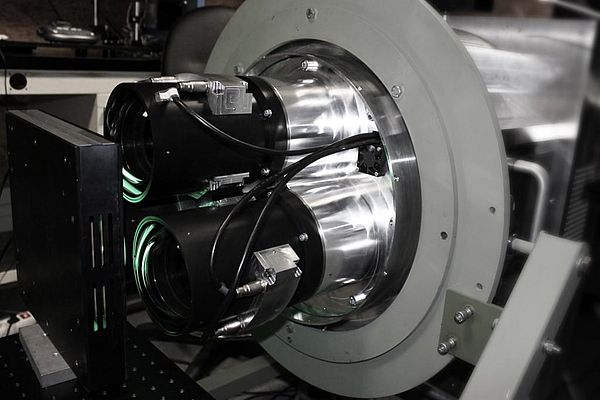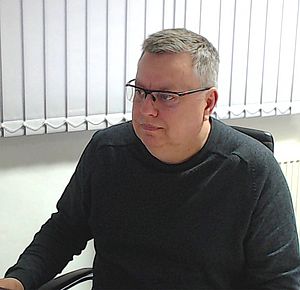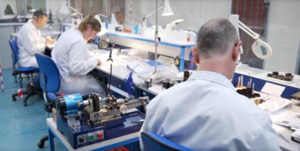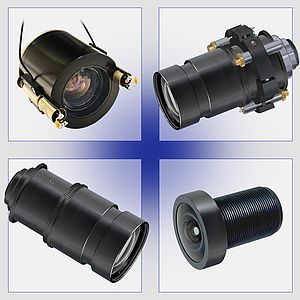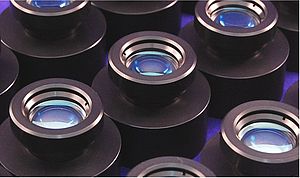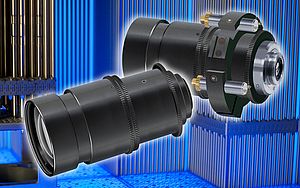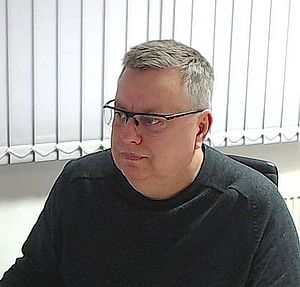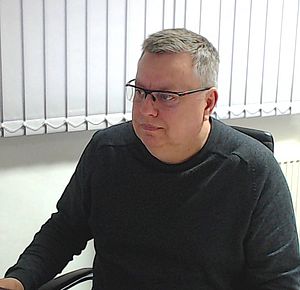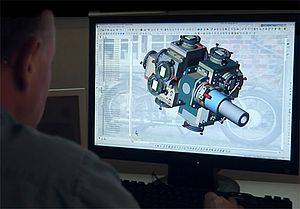PCN Europe: The process industry is a large, diverse and growing marketplace. What function do optical instruments and sensors play in helping manufacturers and suppliers?
Mr. Pontin: Modern manufacturing processes have been transformed by the use of optics, which can both improve current manufacturing capabilities and enable new ones. Light directed by optical systems can be used to process or probe materials remotely, even through windows isolating harsh or vacuum environments. With no surface contact, there is no contamination of the process by the optical light beam. Optical techniques such as Near Infrared, Short Wavelength Infrared, Mid Infrared and Raman spectroscopy are being used to provide information about and help improve a manufacturing process or to perform manufacturing as in the case of photolithography or materials processing. Independent market research reports indicate that the global market for process spectroscopy equipment to already be worth over $1 billion annually.
PCN Europe: Resolve Optics is well known for its OEM lens design service. What are the benefits of opting for a custom lens rather than an off-the-shelf lens for your process instrument and sensor?
Mr. Pontin: Typically, off-the-shelf lenses are manufactured for the mass market where unit cost is the dominant driving force. However, when it comes to an application that optically requires something a little more demanding such as high performance, high-resolution, compactness or a large format image, using an off-the-shelf lens will force you to accept a compromise in one or more aspects of optical performance. The result of this compromise can be a reduction in optical performance (restricting process measurement advantages and possible applications), a bulkier less attractive product, shorter product life and loss of competitive advantage – all of which ultimately lead to lower profitability. As a result, demand for custom lens designs for process instruments and sensors that meet the exact needs of the customer application are rising dramatically.
PCN Europe: Can you give some examples of process applications where Resolve Optics custom lenses have helped manufacturers or suppliers?
Mr. Pontin: I cannot give specific details of process applications helped by optimised bespoke lens designs due to customer confidentiality. However, it is true to say that, driven by the desire to measure or identify something in a process, more accurately, at a lower level or even just faster that process operators want a custom lens design that meets or exceeds their application need without compromise. Our optimised custom designs enable process customers to get the maximum performance from their instrument or sensor without the lens being a bottleneck. We also endeavour to design the lenses to be as future proof as the budget will allow.
PCN Europe: Flexibility and modularization have become more and more important in the process industry: How is Resolve Optics adapting its lens design, testing and manufacturing capabilities to best suit the current needs of the sector?
Mr. Pontin: Our lens designs are driven by each customer’s specific requirements. We ensure that we understand exactly what the customer is trying to achieve, and then specify, design and produce a lens or lens system to exceed those expectations. You could say that we are as flexible as the customer requires us to be. As an organisation committed to reproducibly producing key optical components and systems for our customers of the highest quality we operate to strict ISO9001 guidelines and invest in advanced testing equipment and highly trained staff.
PCN Europe: Do you think that – generally speaking – the successful company of the future will aim more at readiness or at customization in its approach to end users?
Mr. Pontin: Often a lens or optical system is one of the last components of an instrument or sensor to be considered by a company designing a product. This is not because the optics are considered less important but rather due to the fact that many customers would prefer to go for a readily available off-the-shelf lens. While this may be a suitable optical component sourcing strategy for some process applications, if the target application is a bit more demanding (high performance, available space, wavelength) – an off-the-shelf lens is often not available. In such scenarios, choosing to develop a custom lens system optimised to the exact requirements of the application is the best option. Not only is an optimised sensor / instrument more likely to do the job, but it can give the supplier a competitive edge over other suppliers’ products that try to utilise non-optimal components.
Sara Ibrahim



